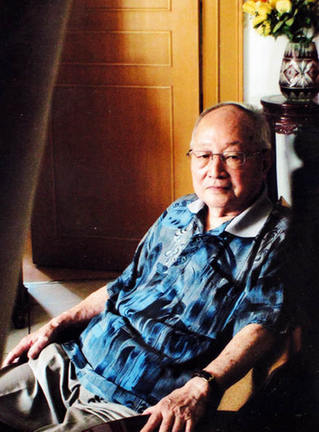ZHANG YAN is a senior journalist.
On the 35th Anniversary of China-U.S. Diplomatic Relations
On the 35th anniversary of the establishment of diplomatic relations between China and the U.S., as we review the strategic significance of ties between the two countries under current global conditions, we can only marvel at the far-reaching influence of this event. The drastic changes that took place in China after the launch of the reform and opening-up policy have transformed the world. Today, the U.S. and China are respectively the world’s first and second largest economies. Mutually dependent, the two countries’ relations feature both competitiveness and cooperation. Despite their many ups and downs, the two countries have always formulated workable solutions. During their meetings at the Annenberg Estate, Chinese President Xi Jinping and U.S. President Barack Obama agreed that the two countries would work together to build a new model of major-country relationship, and a correct direction towards fostering the two countries’ ties. Xi summarized such a new model as one of non-conflict and non-confrontation, mutual respect and win-win cooperation. This is not only meaningful for China-U.S. relations, but also a firm guarantee of world peace.
China has witnessed in its modern history both humiliation and oppression from foreign powers. Nevertheless, over the past 200 years, China and the U.S. have maintained relatively good relations. During the war aginst Japanese aggression the U.S. gave invaluable help to the Chinese people. More than 2,000 American pilots sacrificed their lives for China. When the country entered its most critical stage of strategic stalemate, American journalists traveled to Yan’an to interview Communist Party leaders and report to the world on China’s anti-Japanese position. Edgar Snow’s Red Star over China exerted considerable influence in this respect. The profound wisdom of leaders and scholars from both sides has moreover made substantial contributions to development of the intricate China-U.S. relationship. On October 1 National Day 1970, Mao Zedong invited Edgar Snow to join him on the Tian’anmen Rostrum, so signifying the intention to promote bilateral relations. It paved the way for President Richard Nixon’s visit to China. The world political situation has since transformed.
The world has undergone extensive changes in the new millennium. To accommodate them, new attitudes must be adopted to deal with relationships between nations, especially by major countries like China and the U.S. Growing numbers of issues need to be solved through human solidarity. For example, policy makers in all countries have the obligation to combat severe environmental pollution. Each country has its historical conditions and rules of development. A nation can and ought to learn from the merits of its counterparts, rather than impose its will on others. Disaster will otherwise result. Considering today’s weapons of mass destruction, warfare among superpowers can only bring about world devastation. All countries of the world face the same test. Only by adopting correct thinking can we ensure world peace. As two major powers that wield decisive influence in the world, China and the U.S. shoulder heavy responsibilities.
People-to-people friendship is always a solid foundation for China-U.S. relations. Cementing bilateral relations requires people’s participation and strong support. The development of people-to-people friendship will undoubtedly maintain the vitality of China-U.S. relations.
 |
| The author |
